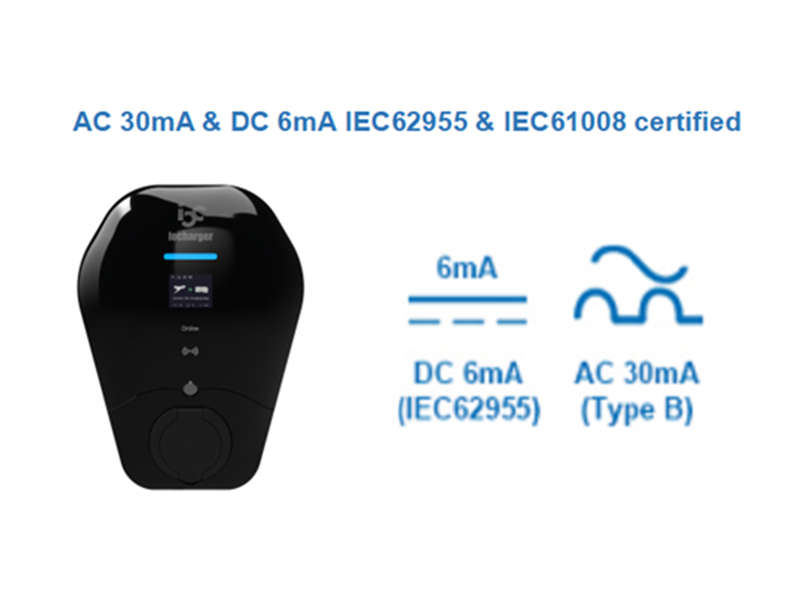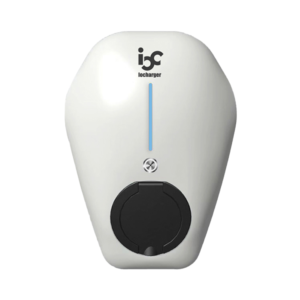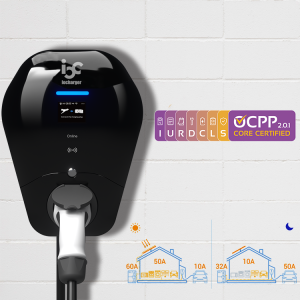
Avec l'adoption croissante des véhicules électriques (VE), les normes de sécurité pour l'infrastructure de charge sont devenues cruciales. L'une de ces normes essentielles est la norme CEI 62955 sur la protection contre les fuites de courant DC 6mA, qui garantit une charge sûre et fiable en détectant les courants continus résiduels dangereux. Cet article explore le champ d'application, l'objectif et les principales exigences de la norme CEI 62955, en se concentrant sur son rôle dans la sécurité de la recharge des VE.
Comprendre la CEI 62955 et son champ d'application
La CEI 62955 définit les exigences relatives aux dispositifs de détection du courant continu résiduel (RDC-DD) utilisés pour la recharge en mode 3 des véhicules électriques (conformément à la CEI 61851-1 et à la CEI 60364-7-722). Ces dispositifs, également appelés RDC-MD (dispositif de surveillance) ou RDC-PD (dispositif de protection), sont conçus pour les stations de recharge en courant alternatif connectées en permanence avec :
- Tensions nominales ne dépassant pas 440V AC
- Fréquences de 50 Hz, 60 Hz ou 50/60 Hz
- Courants nominaux jusqu'à 125A
En outre, la norme fournit des orientations pour les systèmes fonctionnant à des tensions allant jusqu'à 690 V CA et à des courants allant jusqu'à 250 A, ce qui permet de l'adapter à un plus grand nombre de configurations de charge.
L'importance de la protection contre les fuites de 6mA
La fonction première d'un RDC-DD est de déconnecter ou de signaler la coupure de l'alimentation lorsqu'un courant continu résiduel régulier de 6mA ou plus est détecté. Ce seuil est critique car :
- Il empêche les interférences avec les dispositifs à courant différentiel résiduel (DDR) de type A ou de type F situés en amont, en garantissant leur bon fonctionnement.
- Il atténue les risques d'électrocution, d'endommagement de l'équipement ou d'incendie causés par les courants de fuite DC.
Sans cette protection, une fuite de courant continu non détectée pourrait entraîner des risques pour la sécurité ou un mauvais fonctionnement des dispositifs de protection dans le circuit de charge.
Chargeur Iocharger AC EV avec RCD interne - AC 30mA & DC 6mA certifié IEC62955 & IEC61008


Conclusion
La norme CEI 62955 joue un rôle essentiel dans l'amélioration de la sécurité des systèmes de recharge des véhicules électriques en imposant la détection des fuites de 6mA DC. En garantissant une détection et une réponse précoces aux courants résiduels, cette norme contribue à prévenir les accidents et à maintenir la fiabilité de l'infrastructure de charge. À mesure que l'adoption des véhicules électriques augmente, la conformité à la norme IEC 62955 restera essentielle pour les fabricants, les installateurs et les régulateurs qui souhaitent faire respecter les normes de sécurité les plus strictes.
